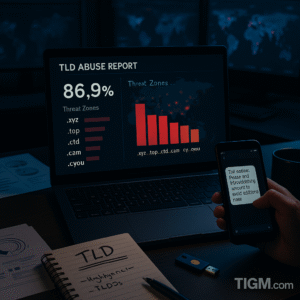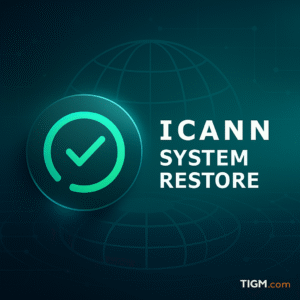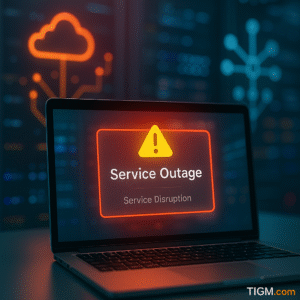A new security report reveals that toll-scam operations—fraudulent schemes impersonating highway toll authorities—are concentrated on a surprisingly small number of top-level domains with lax registration policies and minimal enforcement.
The findings highlight a persistent problem in the domain industry: certain registries have become go-to infrastructure for scammers because they don’t ask questions, don’t verify identities, and rarely suspend domains even after abuse reports pile up.
The Toll-Scam Playbook
Toll scams follow a predictable pattern. Attackers register domains mimicking legitimate toll authority brands—think “PayTollNow” or variations of actual agency names. They send SMS messages claiming unpaid tolls and threatening vehicle registration holds or fines. Victims click links leading to convincing fake payment portals that harvest credit card data.
The scams work because they exploit anxiety. Nobody wants their car registration suspended over a $3.50 toll. The urgency bypasses rational thinking, and victims hand over financial information before realizing the whole operation is fraudulent.
The TLD Concentration Problem
What’s notable in the new report is how attackers cluster their infrastructure. Rather than spreading domains across hundreds of TLDs, scammers repeatedly return to a handful of extensions known for permissive registration policies and weak abuse response.
While the report doesn’t name specific TLDs publicly to avoid providing a roadmap, security researchers familiar with the data point to extensions popular in certain regions where registry oversight is minimal and WHOIS privacy is default. These registries prioritize volume over vetting, making them attractive to bad actors who need dozens of domains registered quickly and cheaply.
Why Registries Don’t Act
The economic incentives are perverse. Each fraudulent domain registration generates revenue for the registry. Enforcement costs money and reduces registration volume. Unless pressure comes from ICANN or major registrars, some registries treat abuse complaints as optional paperwork rather than urgent security issues.
Compounding the problem: many scam domains stay active for only days or weeks before attackers abandon them and register fresh ones. By the time abuse reports wind through bureaucratic channels, the damage is done and the domain is already dormant.
What Could Actually Work
Security researchers argue that registries need mandatory real-time verification for high-risk registration patterns—like bulk domain purchases using similar naming conventions or domains clearly mimicking government agencies. Machine learning can flag suspicious registrations before they go live.
Registrars also bear responsibility. Companies that accept registrations for obvious scam domains without verification are complicit in the infrastructure that enables fraud. Better vetting at the registrar level could eliminate much of the problem before it reaches registry systems.
The Enforcement Gap
ICANN has mechanisms for addressing registry abuse, but enforcement moves slowly and requires documented patterns of non-compliance. By the time a registry faces consequences, thousands of scam domains have already cycled through their systems.
For consumers, the lesson is simple: legitimate toll authorities don’t send threatening SMS messages demanding immediate payment. When in doubt, visit the official website directly—not through links in text messages from unknown senders.
Industry Accountability
The domain industry can’t credibly claim it’s just infrastructure when specific TLDs become scam superhighways. Registries that refuse to implement basic abuse prevention measures are making a choice—one that prioritizes revenue over user safety.








